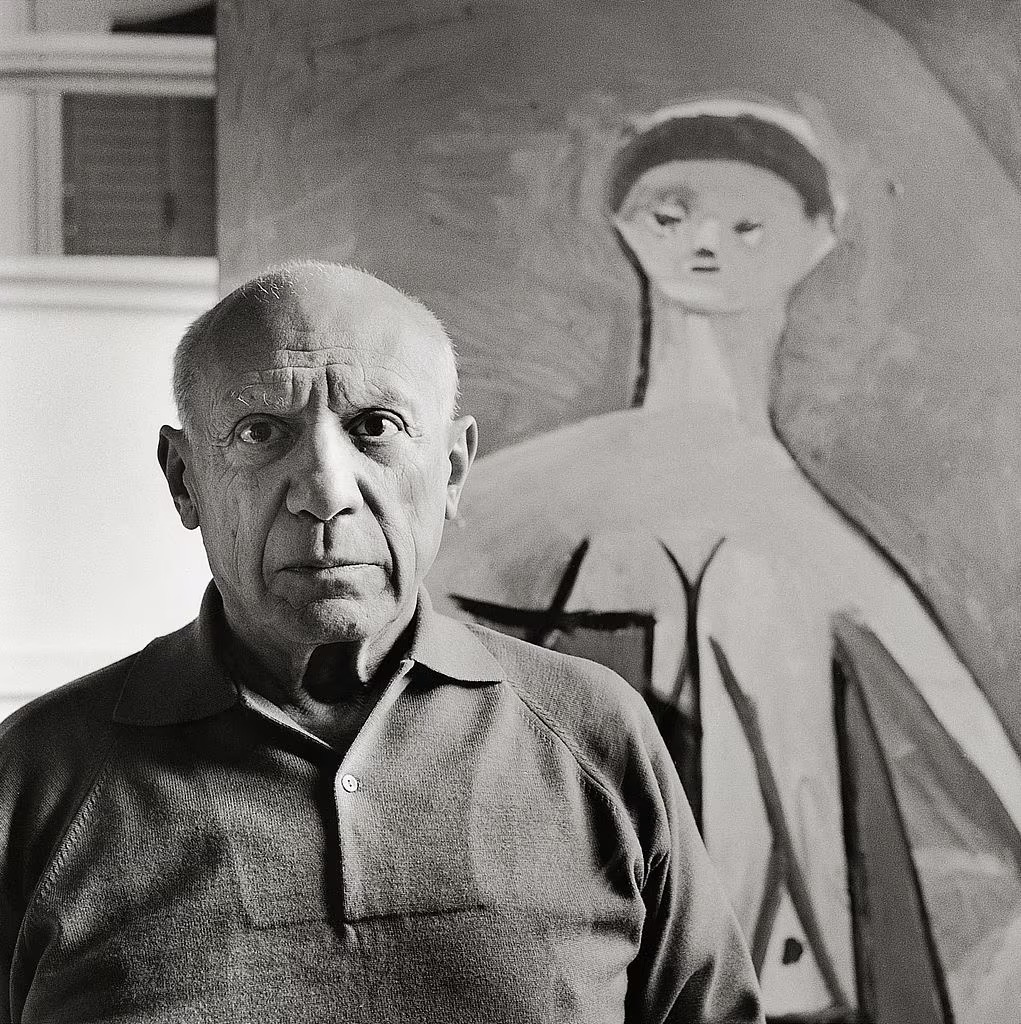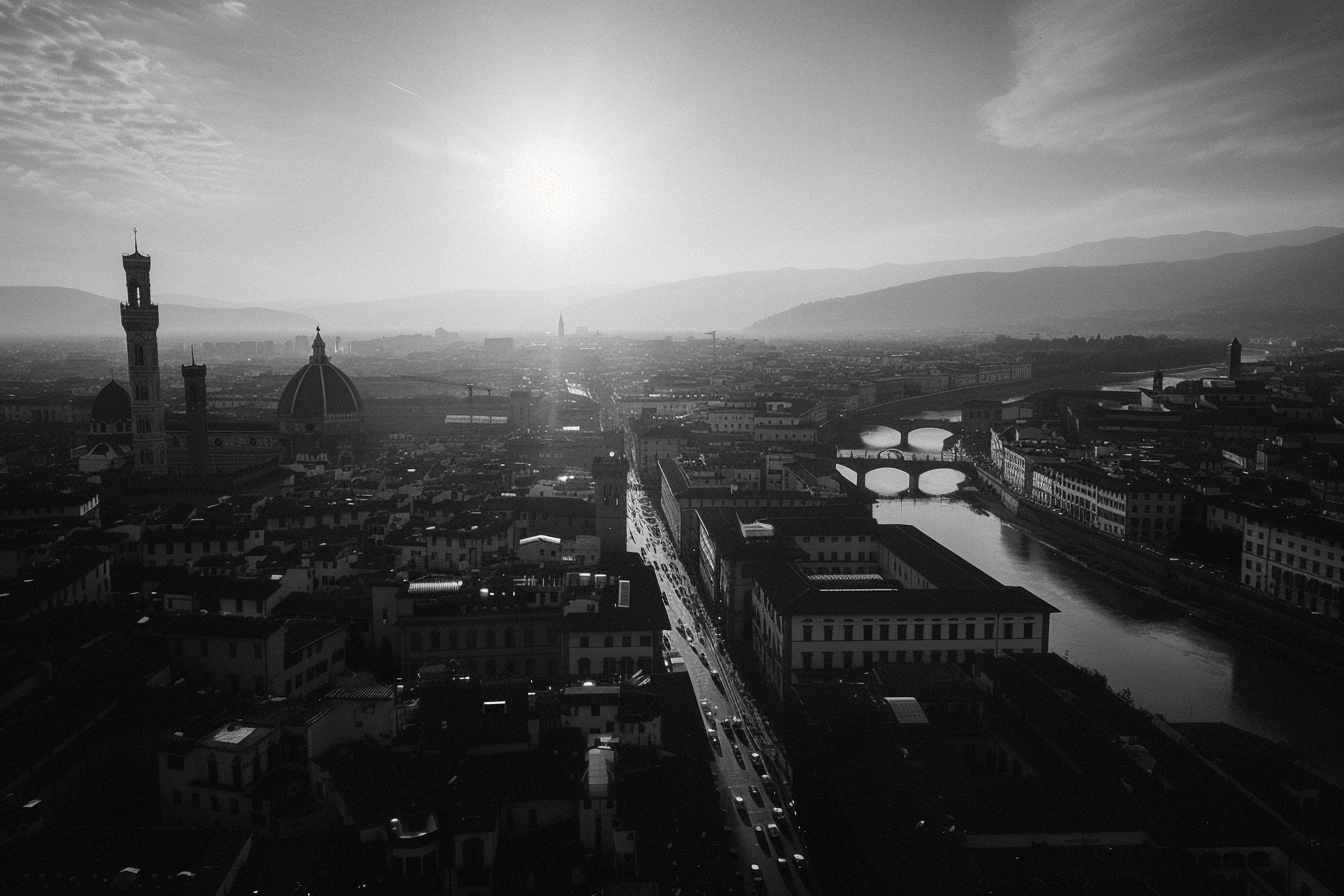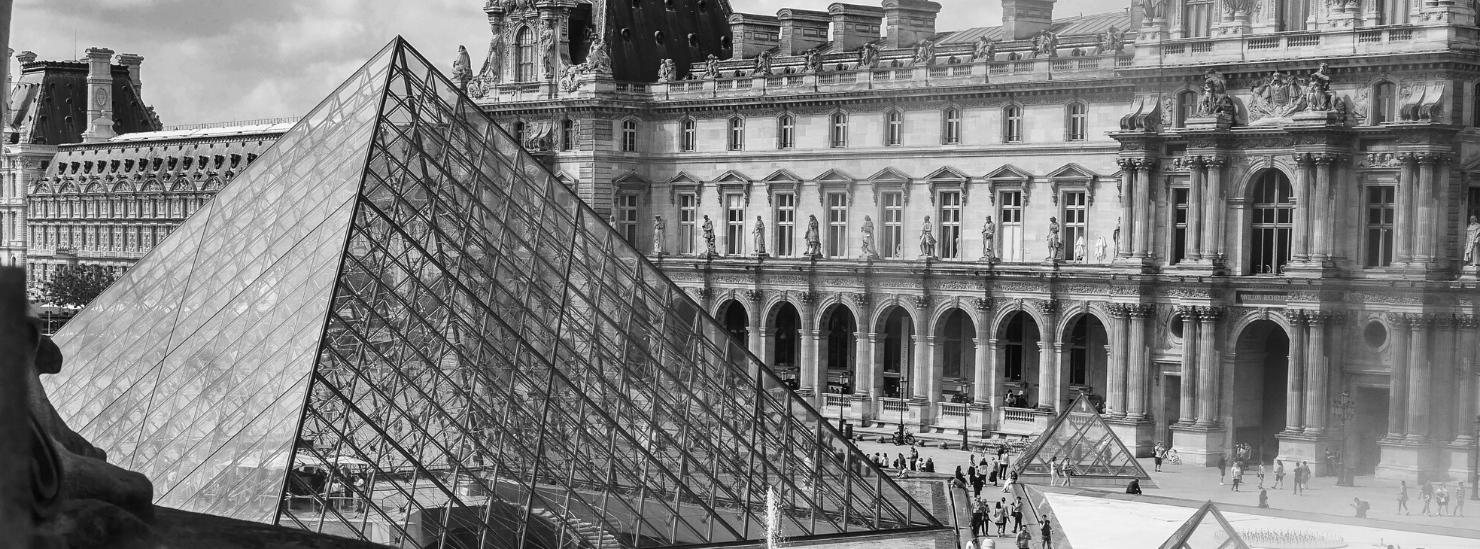
Imagine a time when Egypt was ruled by pharaohs, when gods and goddesses walked the Earth, and when the Sun God Aten was worshipped with a fervour that bordered on fanaticism. It was during this time, over 3,300 years ago, that a queen named Nefertiti lived.
Nefertiti was a powerful and intelligent woman who ruled alongside her husband, Akhenaten. Together, they brought about a radical religious and artistic revolution that shook the foundations of ancient Egypt.
But Nefertiti’s reign was not to last. After Akhenaten’s death, she was mysteriously erased from history, also if recent studies may prove something very different about her. Clues suggest that her temples were destroyed, her statues were defaced, and her name was stricken from the records.

For centuries, Nefertiti was lost to the world. But then, in 1912, a German archaeologist named Ludwig Borchardt made a startling discovery. In the ruins of Amarna, Akhenaten’s abandoned capital, he found a bust of a woman.
The bust was made of limestone and was painted in lifelike colours. The woman’s features were perfectly symmetrical, her eyes were almond-shaped and dark. She wore a tall, blue crown and a golden necklace.
Borchardt knew immediately that he had found something extraordinary. He named the bust “Nefertiti” and took it back to Germany, where it was put on display in the Neues Museum in Berlin.
The bust of Nefertiti caused a sensation. It was hailed as a masterpiece of ancient Egyptian art and was compared to the works of Michelangelo and Leonardo da Vinci. But not everyone was convinced that the bust was genuine.
Some experts argued that the bust was too well-preserved to be over 3,000 years old. Others claimed that the style of the bust was different from other known works of ancient Egyptian art.
The debate over the authenticity of the Nefertiti Bust has raged for over a century. In recent years, scientific tests have been conducted on the bust, but the results have been inconclusive.
To this day, the mystery of the Nefertiti Bust remains unsolved. Is it a genuine masterpiece of ancient Egyptian art, or is it a clever forgery? The answer may never be known for sure.
But one thing is certain: the bust of Nefertiti is a powerful and evocative work of art that continues to fascinate and inspire people around the world. It is a reminder of the ancient Egypt civilization when a queen named Nefertiti ruled the land.






